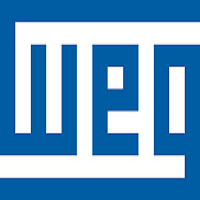
WEG
Founded in 1961, WEG operates mainly in the sector of capital goods and is one of the largest world manufacturers of electric-electronic equipment, having five main businesses: Motors, Energy, Transmission and Distribution, Automation and Coatings. With over 30 thousand employees, it had net revenue of R$ 9.7 billion in 2015.